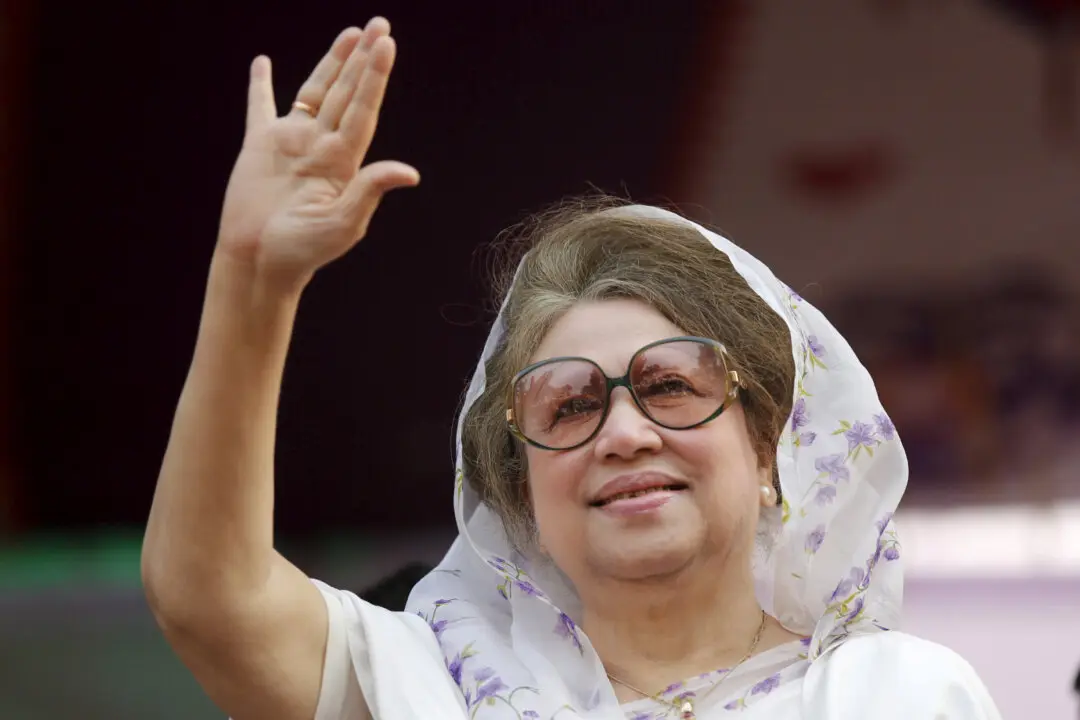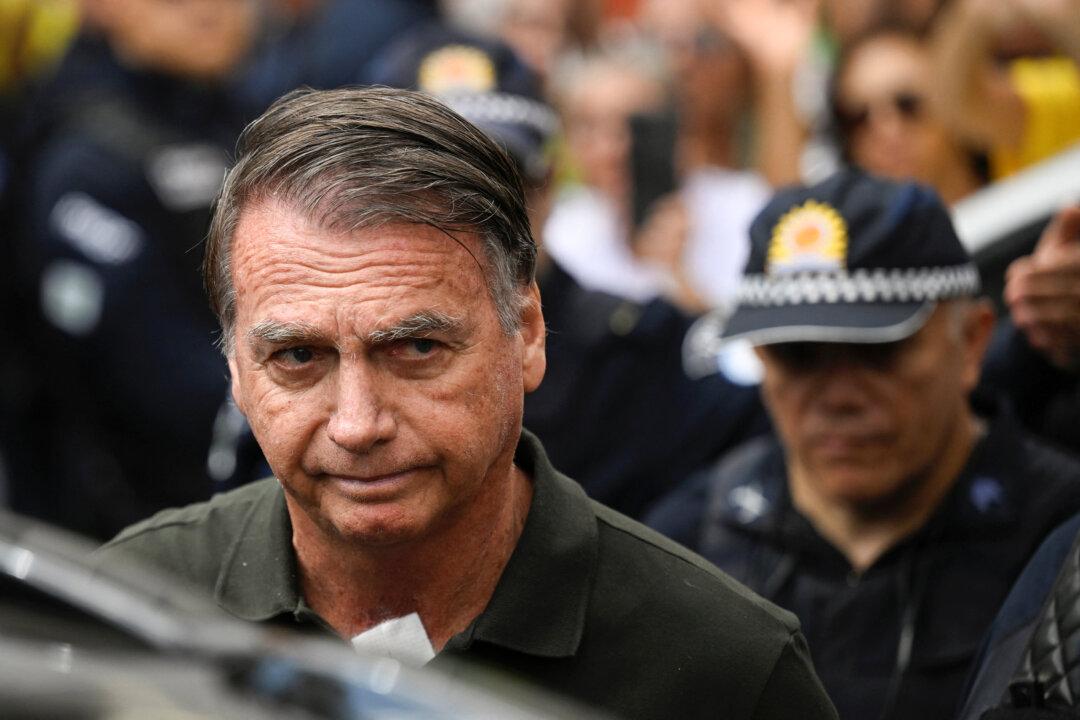SEOUL, South Korea—North Korea fired a ballistic missile toward the sea off its east coast on Sept. 25, ahead of planned military drills by South Korean and U.S. forces involving an aircraft carrier, and a visit to the region by U.S. Vice President Kamala Harris.
South Korea’s military said it was a single, short-range ballistic missile fired from near the Taechon area of North Pyongyan Province just before 7 a.m. local time and flew about 600 km (373 miles) at an altitude of 60 km and a speed of Mach 5.





